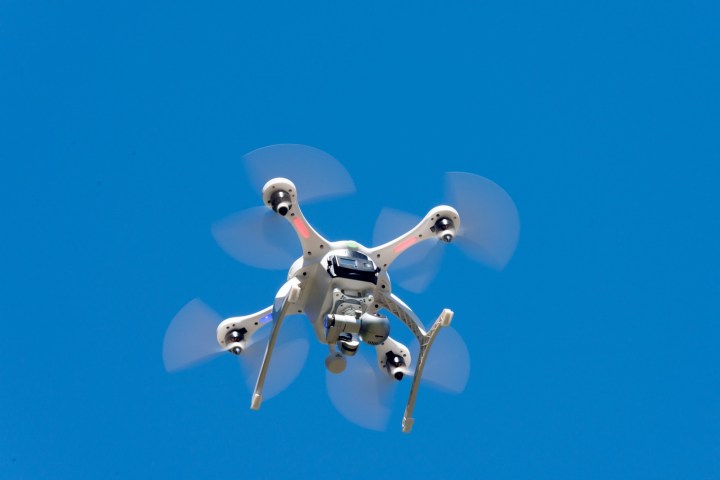
The Federal Aviation Administration recently shared data showing an average of 300 commercial certifications have been issued each weekday since the new regulations took effect on Aug. 31, totaling 22,959 commercial drone pilots as of Dec. 5. The new regulations require commercial drone operators using a quadcopter over 0.55 pounds to pass a test at a local testing center before taking flight. Before that, commercial drone users were required to have a full pilot’s license.
The new regulations — and the which test runs about $150 to take — also added a few safety nets, prohibiting flight over crowds as well as flight where the operator cannot see the drone, though pilots can apply for waivers. The regulations apply to anyone using a drone professionally, whether that’s for a photography business or to inspect industrial sites.
While hobbyists using drones don’t need to pass that same test, those handling drones over a half pound still need to register their aircraft. As of September, the FAA had registered over 550,000 drones. That’s more than three times the number of registered drones from the start of the year.
While 23,000 or so commercial licenses were issued, the FAA says about 28,000 people submitted applications. According to the FAA, the test is designed to measure basics, such as whether the pilot knows how to read aeronautical charts to recognize prohibited airspace. While registering a drone can be done online, the commercial testing has to take place at one of the 689 FAA-approved locations throughout the U.S.
Editors' Recommendations
- FAA gives UPS’ drone delivery efforts a big boost
- Best cheap drones to get you up in the air
- UPS gets FAA clearance to roll out a fleet of delivery drones




